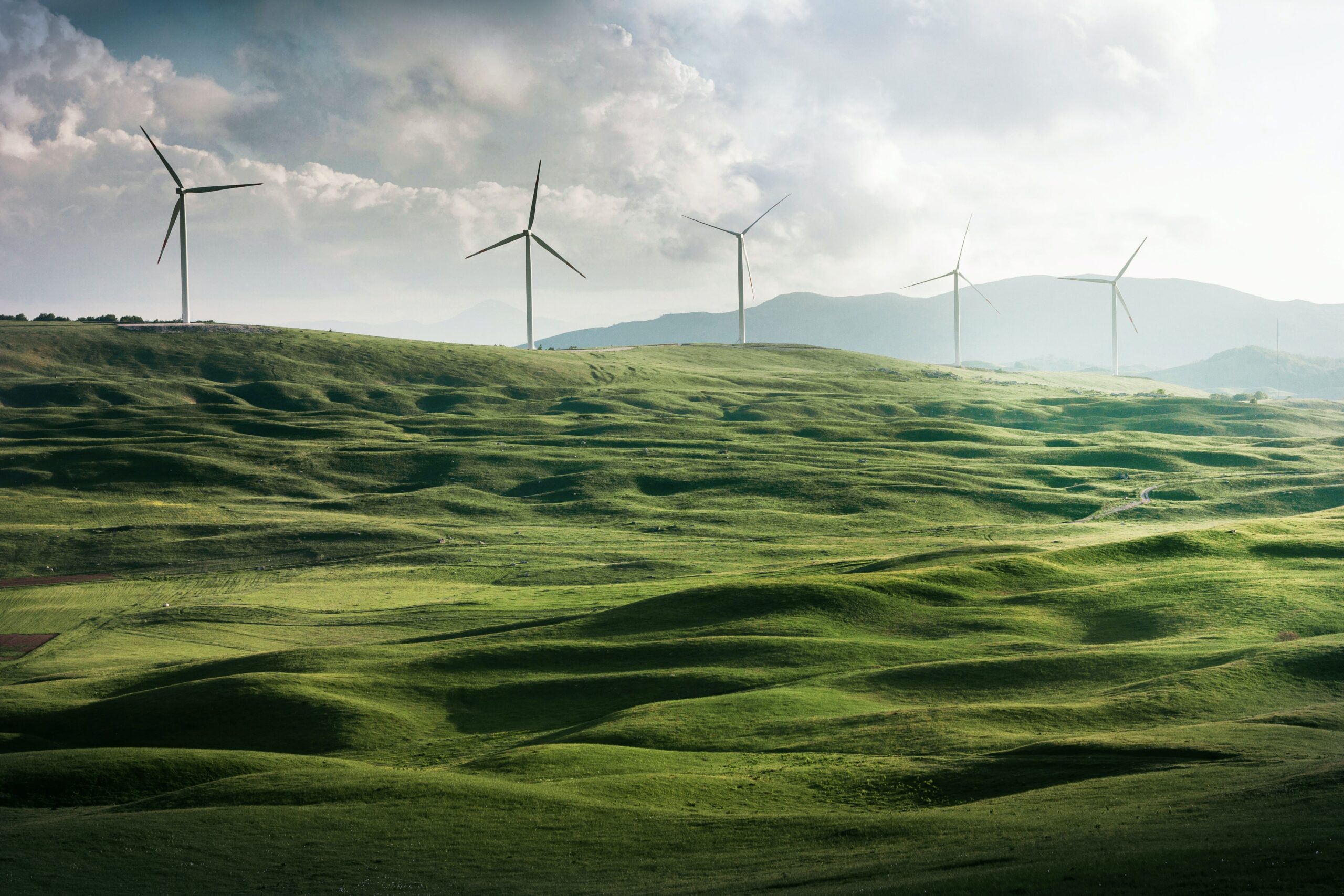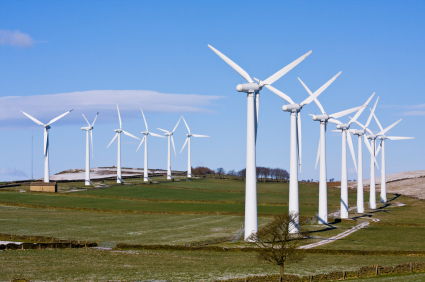Greenpeace Report: How to Keep the Lights on Without Spending Too Much Money
77% European renewable generation is possible by 2030
Greenpeace have released an upbeat report, which no doubt will have the denialists and “anti-windmill” people frothing into their cocoa: An analysis by consultants Energynautics for Greenpeace based on European weather information for 2011 and data from the International Energy Agency (IEA) suggests it is possible to get 77% of Europe’s electricity from renewable sources by 2030; through smart grids, demand management, gas backup and big changes in how our power grid works.
If implemented, this would be a big step forward in decarbonising and electrifiying energy and transport systems all over Europe. Better still, the cost analysis suggests you can do this for slightly more than countries are planning to spend on grid upgrades delivering only 37% of renewable power. This would cost you less than 1% of your annual electricity bill – sounds like a good deal to me.
The backbone of this system is renewables and gas fired power stations – phasing out coal and nuclear would be cheaper than retaining them. Obviously natural gas is a fossil fuel but it is the least polluting of a bad lot. Some countries such as Spain would get all their power from renewable sources, while the UK would be on 70%.
This would need two advances – building a European Supergrid, as proposed originally by Dr Eddie O’Connor (interviewed by GJB here) using High Voltage DC cables instead of the mostly AC cables we use now – HVDC cables carry more power, have lower wastage and are more compact. There’s nothing spectacular about them – they are a mature technology that has been around for years.

The second would be a “smart grid” in which all sorts of power devices, like your washing machine, would interact with the grid, drawing power when it was convienient: e.g. if there was not enough electricity generated by renewables, the tariff would go up and machines would wait till there was more power about. It would be a two-way system, in which individual buildings would generate electricity and feed it back into the grid when necessary. Futurist Jeremy Rifkin has called this an “Energy Internet”.
All this would cost a lot. However the grid is going to have to be upgraded anyway, and doing it in a narrow national fashion will waste money compared to having an overall European plan. The report calculates that rebuilding it in ad-hoc fashion would cost 104 billion Euros, and only have 375 renewables, whereas the “77% renewable plan” would cost 61 billion Euros (excluding some difficult to quantify areas like land rights, licences and refurbishment). So it would actually be cheaper – not to mention more resilient in terms of energy security, something Europeans have become painfully aware of in the last few months as our dependency on Russian gas has shown.
The full report is here:
Visit RenewableEnergyJobs for the latest Renewable Energy Jobs



